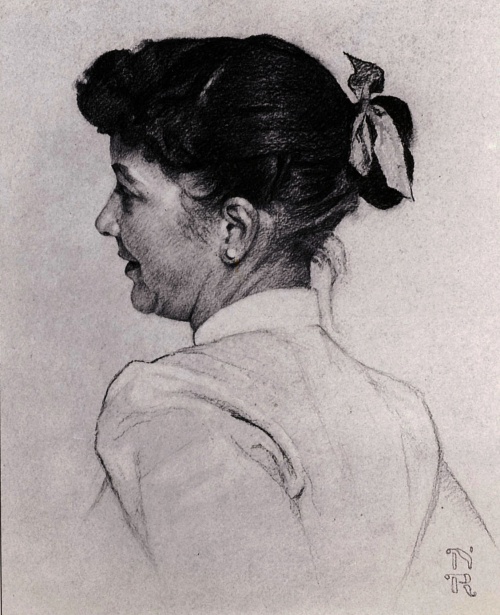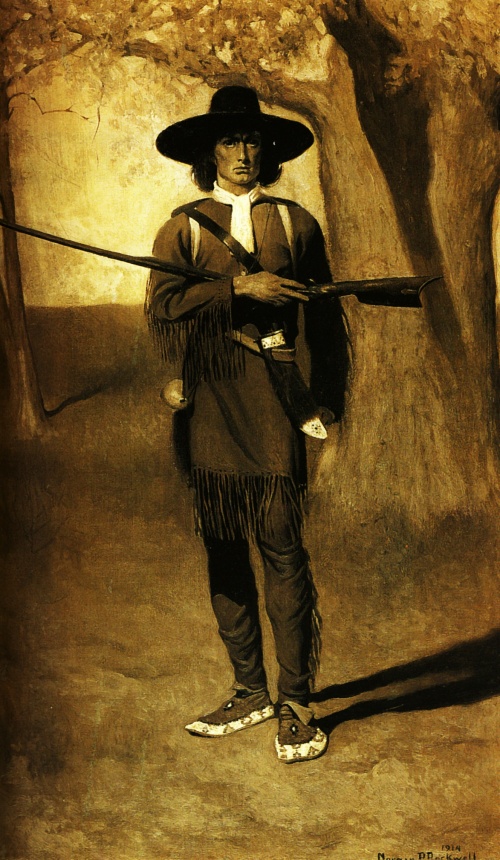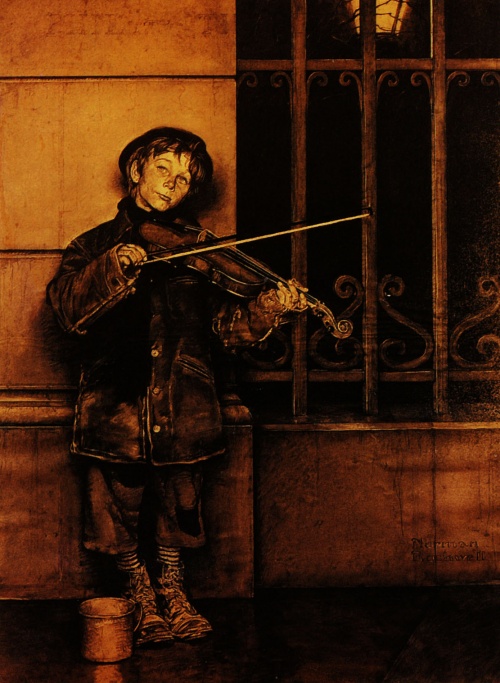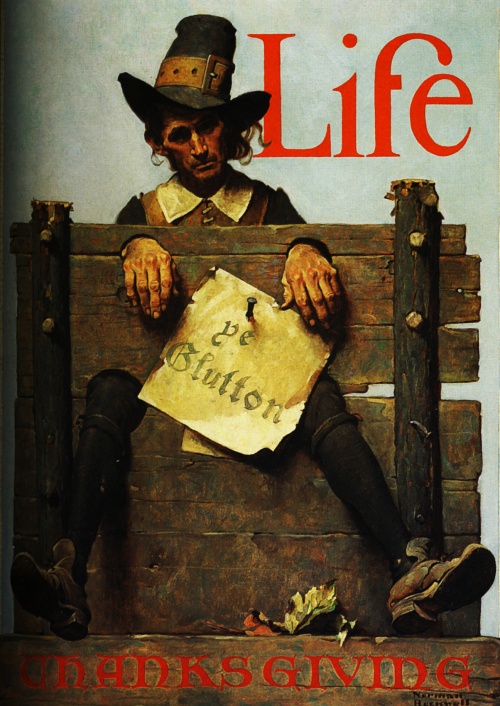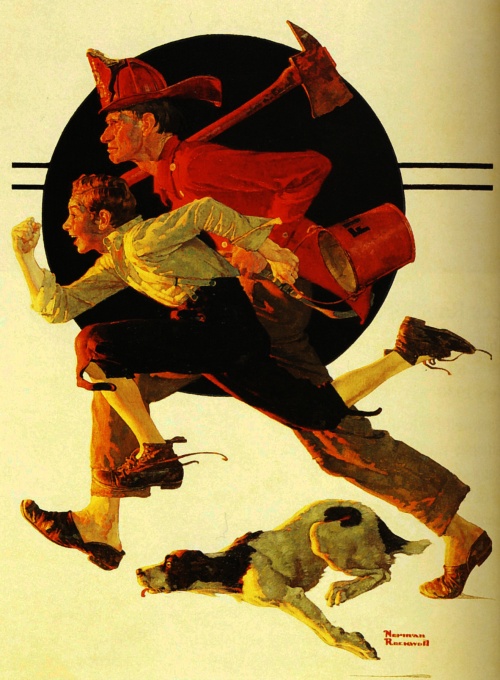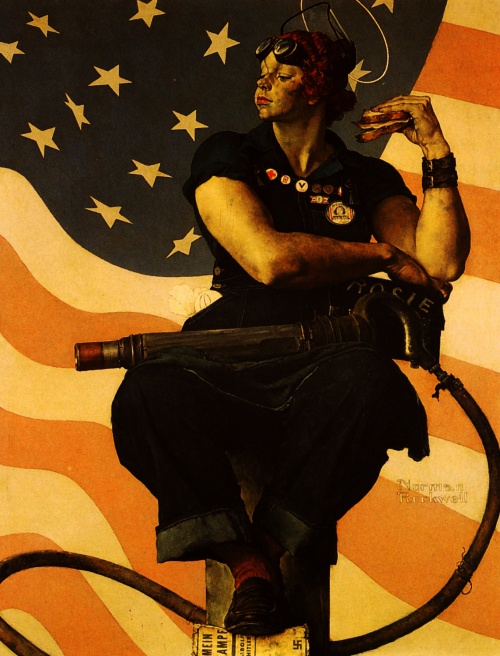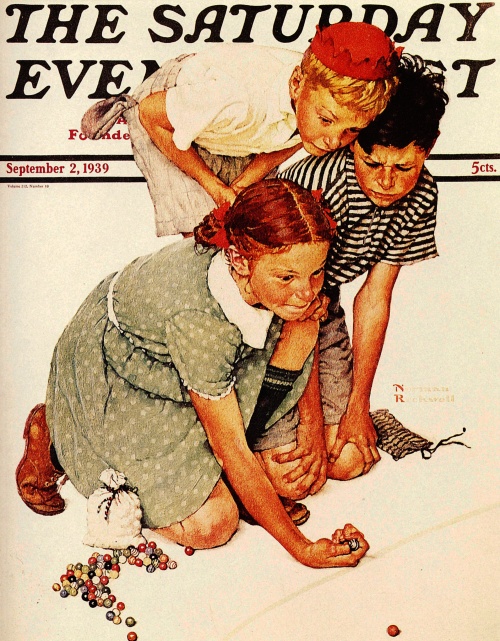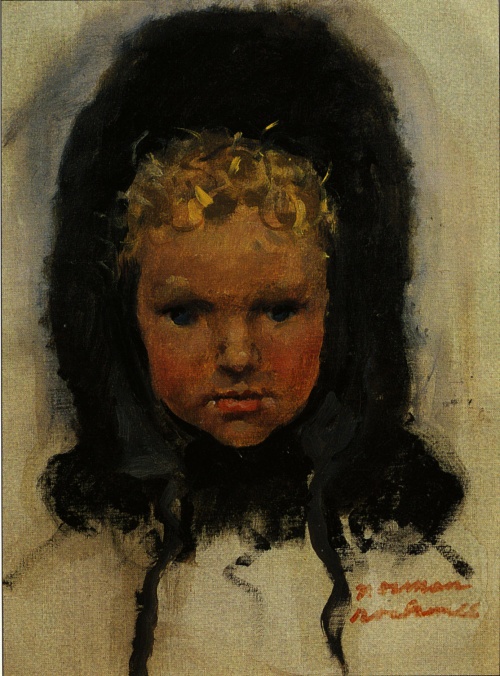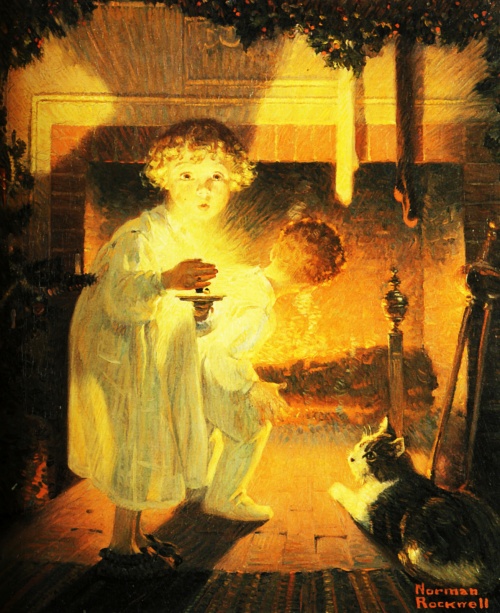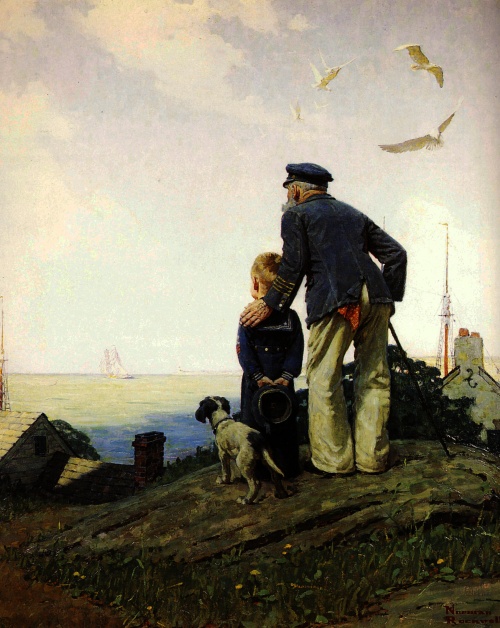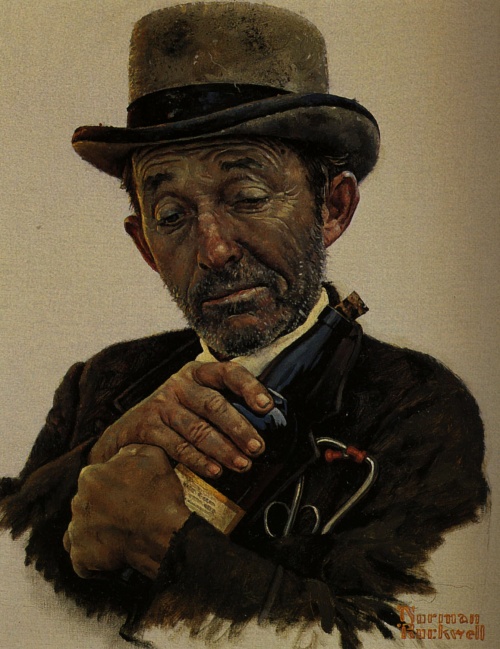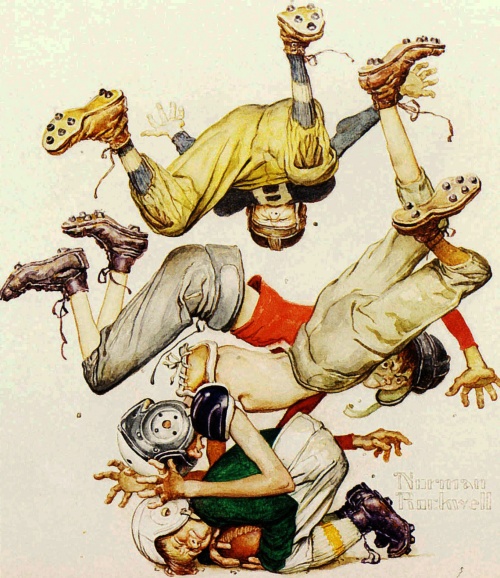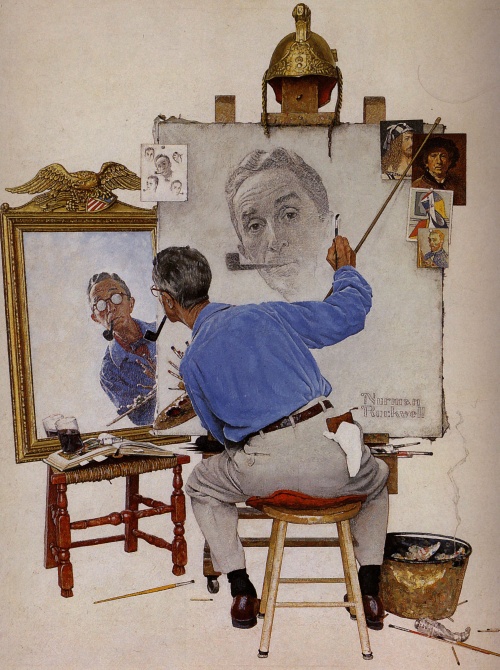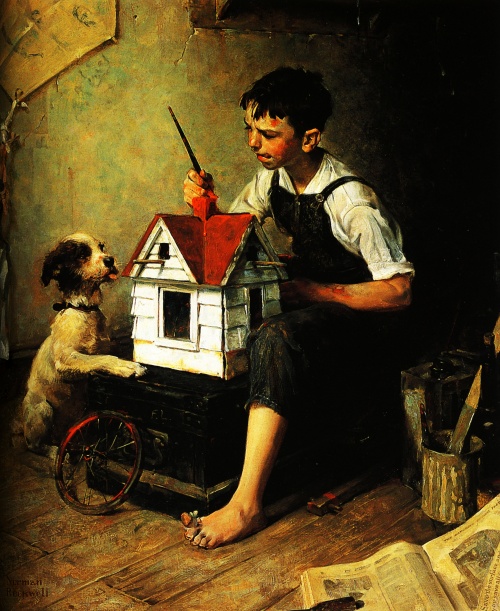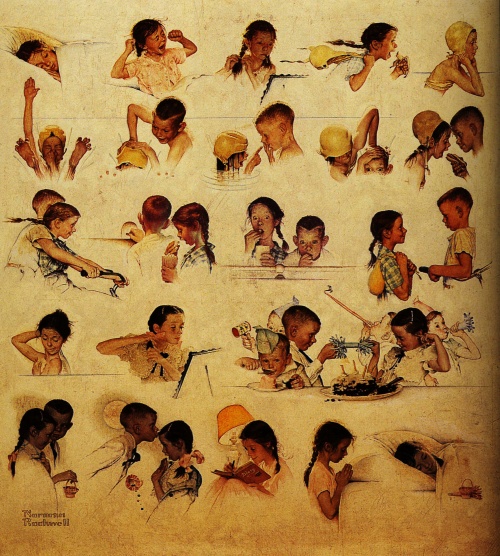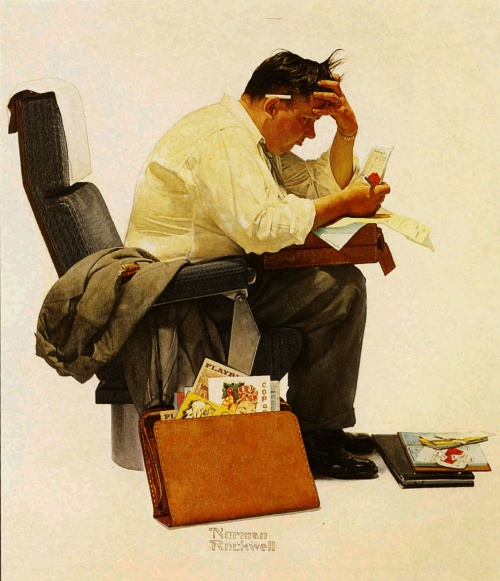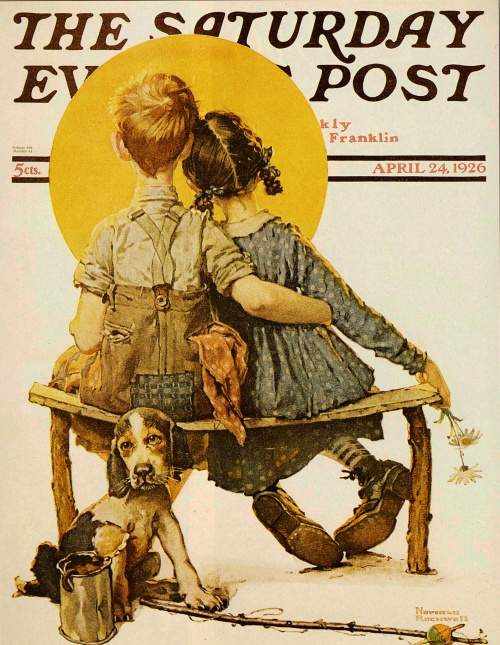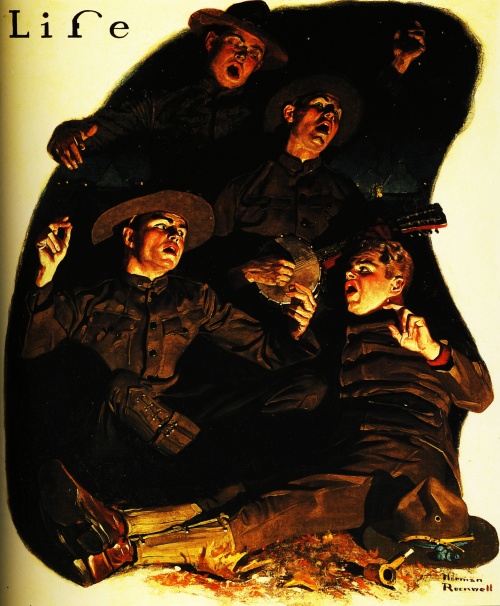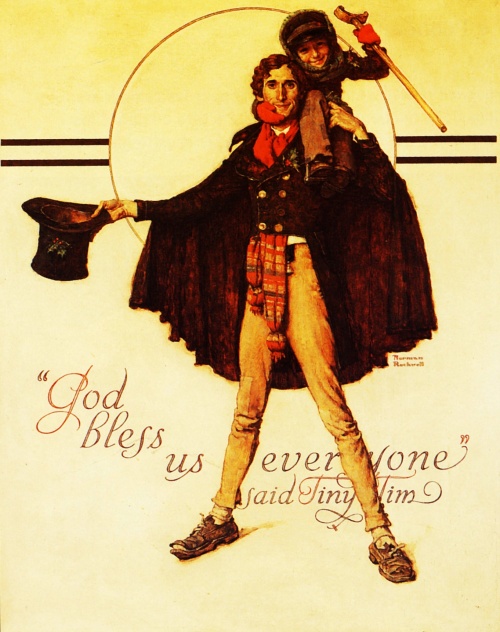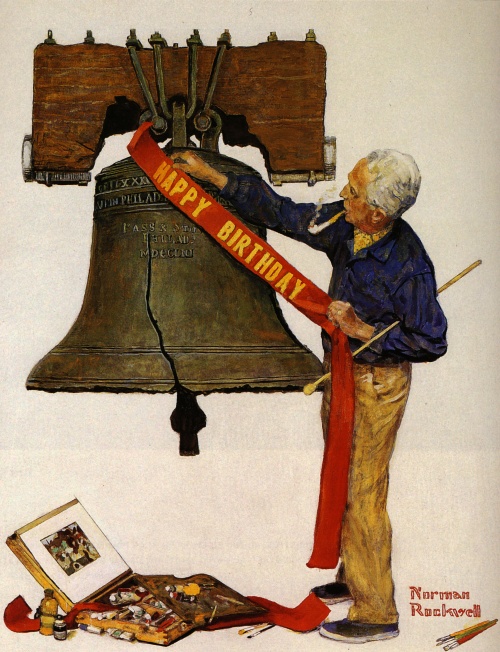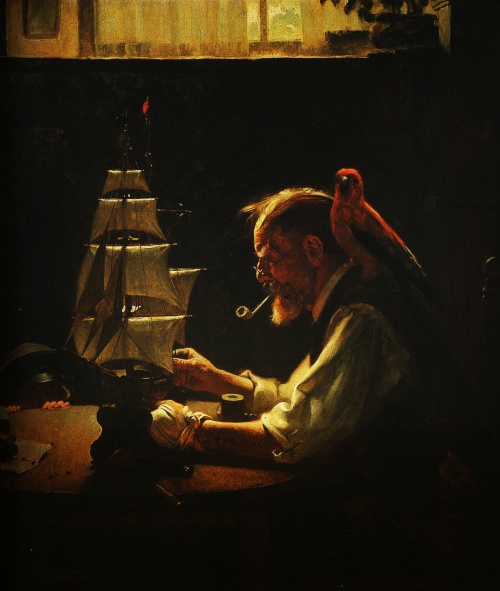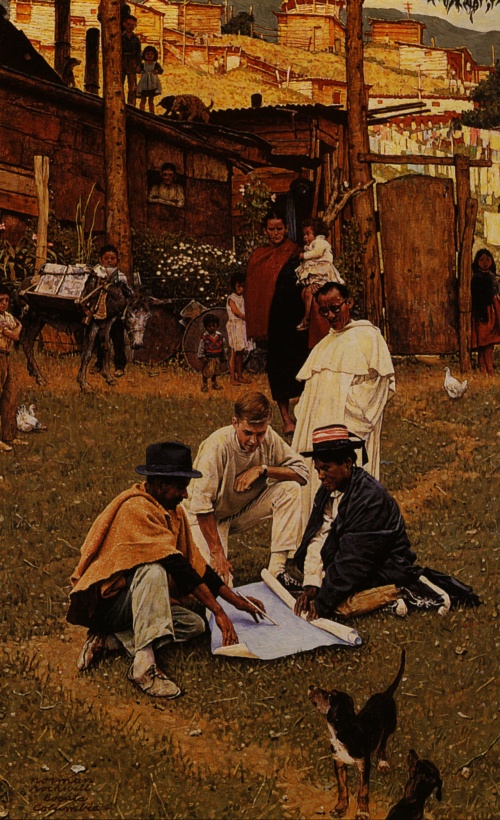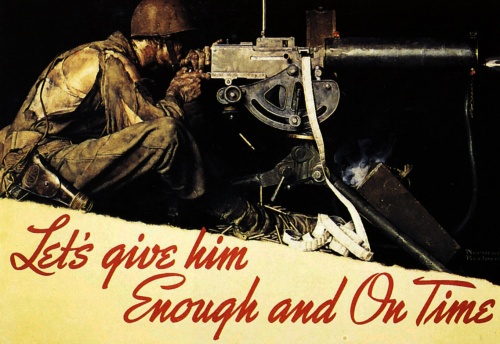Norman Rockwell | XXe | Norman Rockwell (139 works)
Разрешение картинок от 1379x922 до 2512x3344px
Norman Percevel Rockwell (February 3, 1894, New York, New York - November 8, 1978, Stockbridge, Massachusetts) was an American artist and illustrator. His work is popular in the United States, and he illustrated the covers of The Saturday Evening Post magazine for four decades.
Biography
Norman Rockwell was born in 1894 in New York, at the age of 14 he entered the New York School of Art (formerly The Chase School of Art), and two years later he moved to the National Academy of Arts (Design) ( The National Academy of Design. Very soon, however, he transferred to the creative group Art Students League, where he studied with Thomas Fogarty and George Bridgman. Fogarty's instructions in the field of illustration prepared Rockwell for his first commercial commission. From Bridgman he learned technical techniques, which he relied on throughout his long career.
Success came early to Rockwell. He drew his first commission, four Christmas cards, at the age of fifteen. While still a teenager, he was hired as the lead artist for Boys' Life, the official publication of the Boy Scouts of America. Around the same period, Rockwell began a successful career as a freelance artist, constantly receiving numerous commissions to illustrate for youth magazines.
When Rockwell turned 21, he organized his own studio. Very quickly, publications such as Life, Literary Digest and others began to order his work. About a year later, Rockwell created his first magazine cover for The Saturday Evening Post. The illustrator always highly valued this magazine, speaking of it as the most accurate mirror of American life.
The period of the thirties and forties turned out to be the most fruitful in the illustrator’s career. Together with his wife and three sons, Rockwell moved from New York to the small town of Arlington in Vermont. The change of place of residence also affected Rockwell’s works: he began to pay more and more attention to depicting American life in small towns. In 1943, inspired by President Franklin Roosevelt's speech to Congress, Rockwell created his famous Four Freedoms series of paintings. In the atmosphere of commitment to democratic values that spread in the United States, these works, which brought Rockwell even greater fame, traveled with exhibitions throughout the country, and the funds received from the exhibitions ($130 million) went to military needs. However, in the same year, Rockwell suffered a great misfortune: his studio in Arlington completely burned down, and along with it, a large number of his works.
In 1953, Rockwell moved with his family to Stockbridge, Massachusetts, where he continued to work tirelessly, creating numerous illustrations, posters, advertising works and more. In 1960, thanks to long and hard work, in which Rockwell was assisted by his son Thomas, the artist published an autobiographical book entitled My Adventures as an Illustrator. The cover of the book is decorated with one of Rockwell's most famous works - a triple self-portrait depicting him at work.
In 1963, Rockwell stopped working with The Saturday Evening Post and began drawing for Look magazine. During his 10-year collaboration with this publication, Rockwell created many illustrations that reflected his own interests and worldview. He illustrated materials on civics, poverty alleviation, and space exploration.
In the early seventies, Rockwell entrusted his work to the Old Corner House Stockbridge Historical Society, which later became a museum (see Norman Rockwell Museum) named after him. And in 1970, the artist received the most honorable award: the Presidential Medal of Freedom for his vivid and characteristic images of American life.
[К сожалению, к данной новости архивы недоступны для скачивания 5909]
